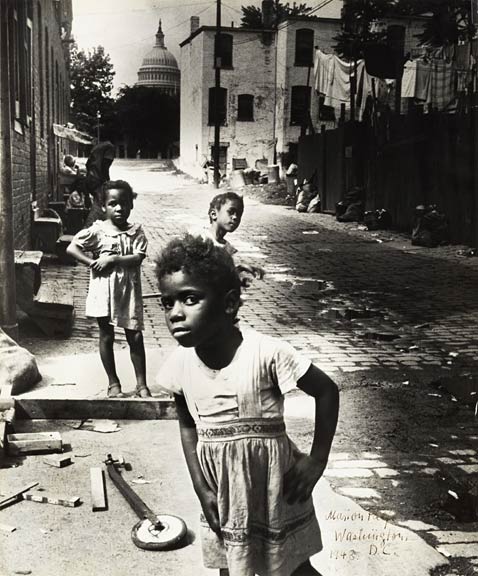
In the Shadow of the Capitol ● 1948 (Marion Palfi/The Jewish Museum/© 1998 Arizona Board of Regents)
Every so often, I discover or am reminded of tectonic shifts in photography that seem to be little-known by the exploding world of photographers. No harm, no foul; but in those cases, I feel feel a social + moral desire (obligation?) to occasionally point to these shifts.
One such case is New York’s Photo League – a collection of some of the most innovative, culturally relevant and influential photographers who took to the streets and showed us life as it had been rarely explored before. Photogs like Lisette Model or Weegee (featured earlier on my blog here), Avedon, Leipzig, Orkin and Weston. These and other photogs are genre-defining photojournalists who created stark and unwavering images that offered unique glimpses into a world that – until their groundbreaking work – was infrequently or even NOT explored by photography. Instead of posed images of families, the NYPL documented rampant social change, the great divide between classes, racial issues, the rise of music, the war, and images of New York City in the 40s (even going so far as being labeled “Communists” by the US government…). In short, we have these artists to thank for the way that photojournalism has evolved today. Spin through the image tabs above to sample their arresting work.
If this group or any of these names are unfamiliar to you, give a read here to get the cliff notes, and more importantly – if you’re able — the exhibition called Radical Camera which features an extensive body of this work is on display at the Columbus Museum of Art from now until September 9, 2012.








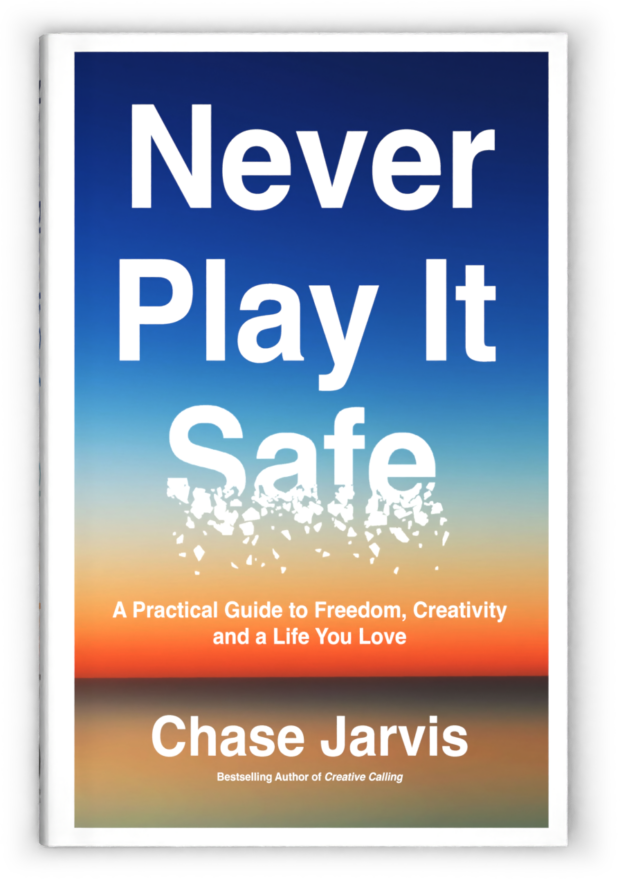









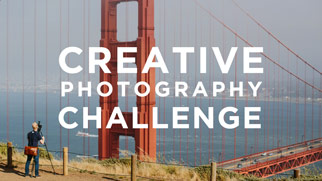
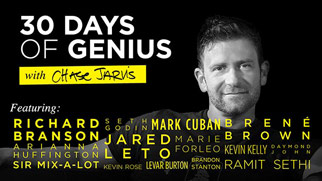
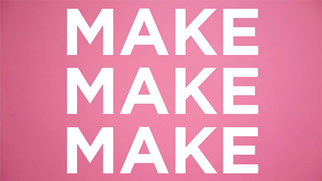
By a strange coincidence I was looking at a book of Pulitzer Prize winning photographs,1960-1982 and thinking “they don’t make photos like that anymore”. These photographs fall into the same category. Nowadays images have to entertain, if only for a fraction of second or are heavily censored for public taste. I believe in photography driven social change – I just don’t know where the outlet for such images is anymore.
Geoff, The web is the most accessible outlet that’s ever existed. There are plenty of print outlets too – Mother Jones, Rolling Stone, your local alternative weekly paper, Democracy Now …
Scads and scads of outlets.
Weston? As in Edward? NYPL? I always think f/64
Seems he was a supporter, not a member. But I’m still digging.
The 1940 Sievan is wonderfully funny & still very much apropos.
Nowadays, everyone can be such photojournalist, with our ubiquitous cameras and camera-phones we can publish and show it everywhere. In the past, not everyone could document the world around them, and such people as Avedon or Weegee created the view on social issues that the world could observe. They often imposed their own point of view this way, but of course they created many beautiful and priceless images.
Nice piece, Chase. Helps remind us not only of the power of photography, but about always reminding oneself that we have a social obligation to use ourselves and our talents and passions for the service and betterment of others – at least part of the time. This is the second time in two days that I am reminded of that, thank you. And, of course, the photos are amazing.